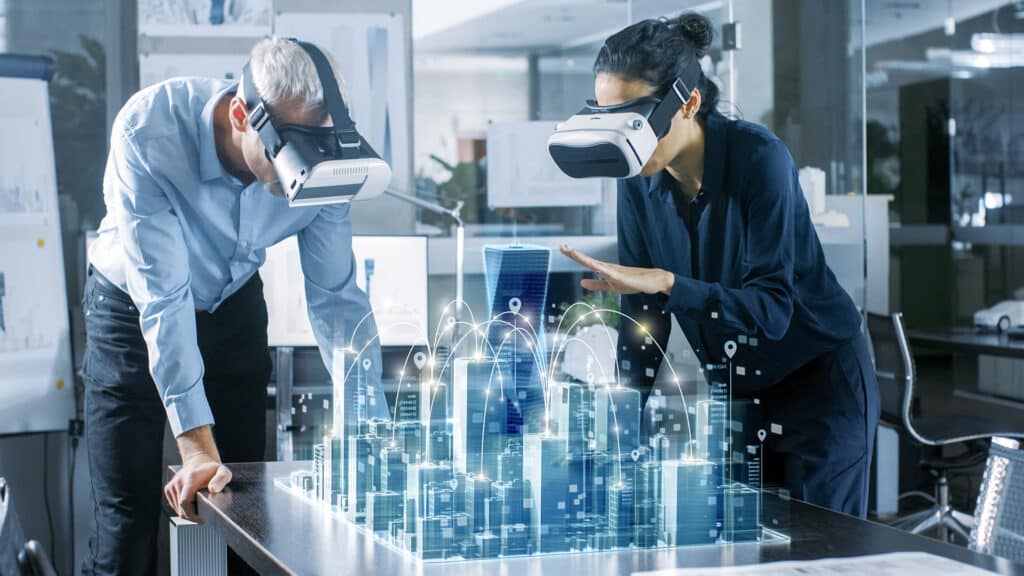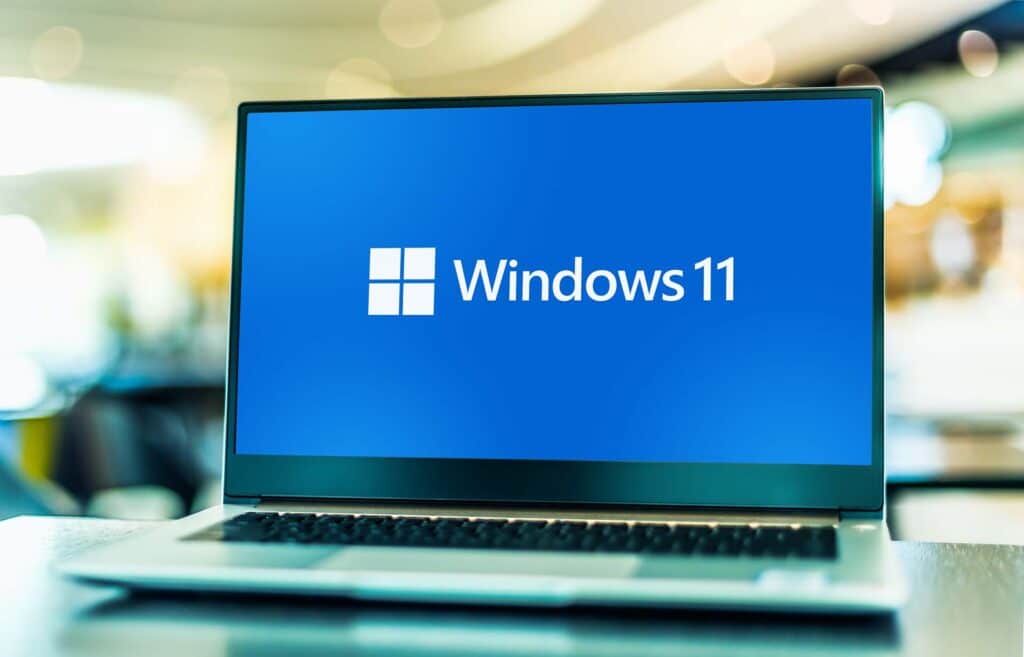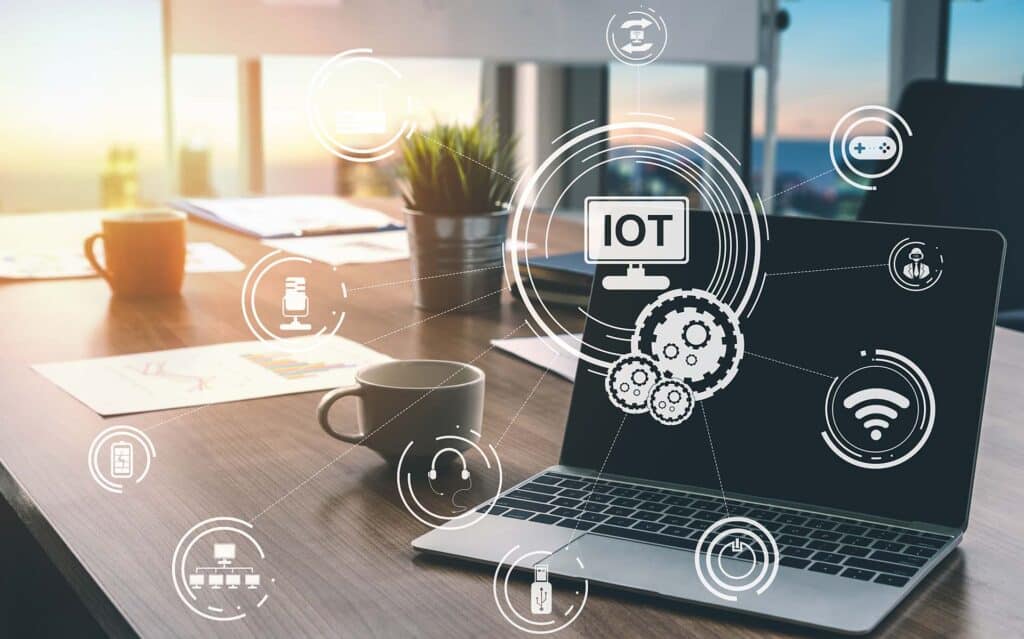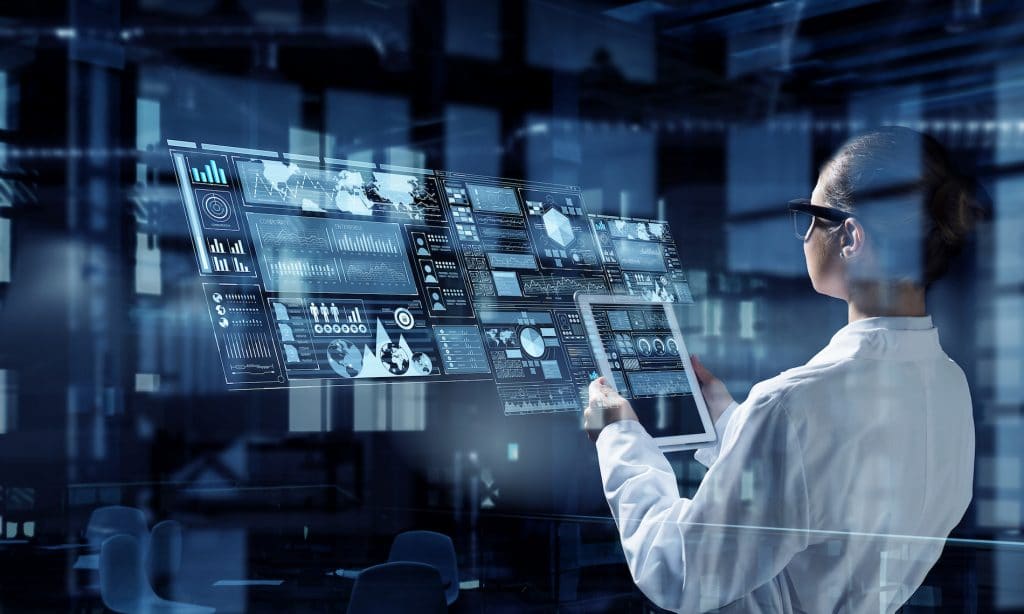Blockchain Technology and it’s Function

Since it was first developed in 1991, the main purpose of the blockchain is to store data in a secure way. With its unique methods, this can be utilized in a variety of work industries as it enables sharing of information in a quick, accurate, and secure manner. To fully appreciate the idea of this […]
Future Technology in Today’s Workplace

It’s fun to fantasize about the future of business, but what kind of technology can we realistically expect to make a difference in the way ordinary businesses function? Today, we hope to answer this question by examining three emerging technologies we think might make a splash in the business environment moving forward. Artificial Intelligence Artificial […]
Is Your Business Ready for Windows 11?

For the past few years, Microsoft led customers to believe that they would be building on Windows 10 for the foreseeable future. Of course, in tech, nothing ever stays static and they have now released Windows 11 for PC. For the business, it starts a clock that can get quite uncomfortable if not planned for. […]
IoT: Smart Devices are Getting Smarter

The Internet of Things (IoT) grows larger with every passing day, and with so many connected devices with Internet functionality entering the world, one has to wonder how this impacts cybersecurity. Let’s take a look at what could potentially be changing as the Internet of Things expands its borders and scope. The Projections for […]
4 Technology Innovations on Common Devices Found in Most Businesses

There are thousands of pieces of technology available that accomplish something positive for your business. Whether they are communications tools that help your team collaborate and build a better client-support system, gadgets, and software to help streamline your team’s ability to get work done, or devices to help advance the company’s mobile strategies, considering what […]

